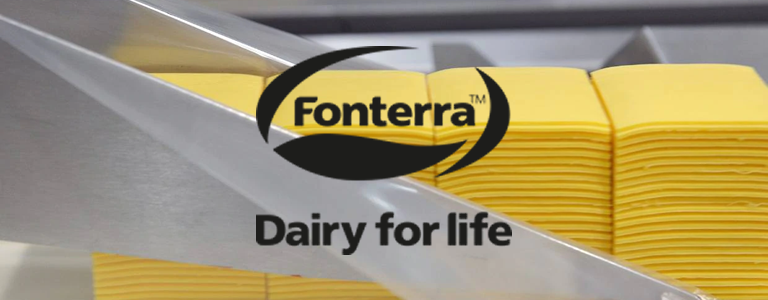Inside the Fonterra Research & Development Centre in Palmerston North, there are teams working to create new innovative dairy products to share with the world.
One of these teams is working on mozzarella cheese for pizza, cheese slices for burgers and other delicious cheeses.
Cheese making has been around for centuries, but we're working on making cheese bigger and better.
As part of the cheese making process, we have a team that shines lasers through cheese and gathers spectral data to generate microstructural images of the cheese.
We use our Raman Spectrometer to shine lasers through shreds of mozzarella and slices of processed cheese to help us to understand the cheese composition on a microscopic level.
Raman spectroscopy is used in food manufacture to identify molecules and study chemical bonding.
In dairy products such as cheese, this allows us to understand the composition of the cheese with respect to fat, protein and moisture content.
As fun as it sounds, shining lasers through cheese is actually quite time consuming.
We are keen to understand how many samples we need to take from a given product to be confident that the results are representative of the product as a whole.
Some cheeses are homogenous in composition, while others are non-homogenous.
It suffices to say that whether you're eating it, or shining lasers through it, one slice of cheese is never enough!
Once we've shined lasers through two different batches of cheese, it can be challenging to determine whether the differences between them are big enough to be significant.
The multi-dimensionality of the Raman spectral data makes this especially difficult.
We're hoping the MINZ team can work with us to define some metrics from the Raman spectral data to give us a reproducible way of detecting real differences between samples.
Join our team for some cheesy discussions that will change the way you think about cheese and the way we do R&D on it.
